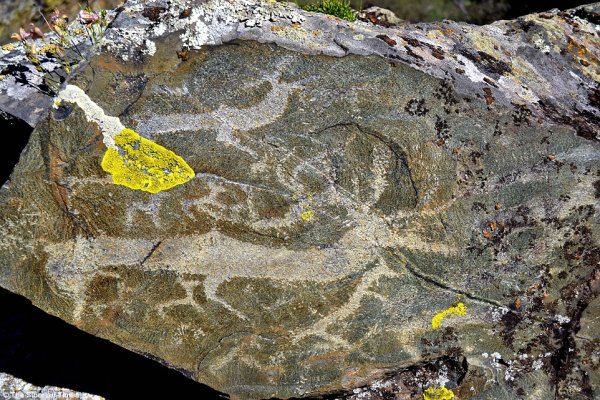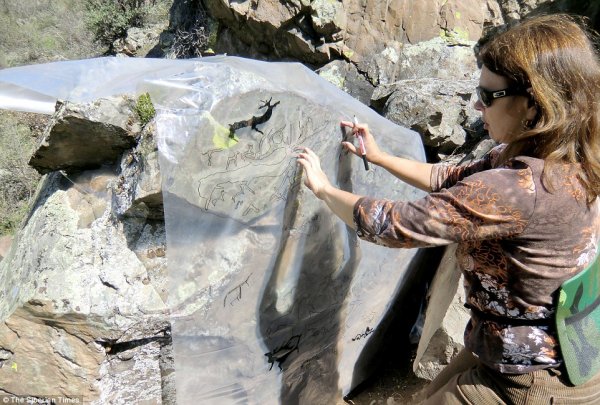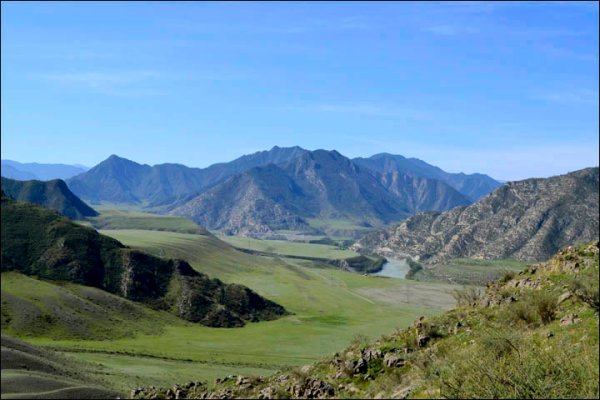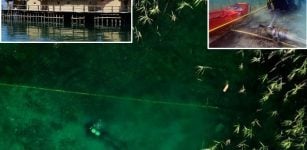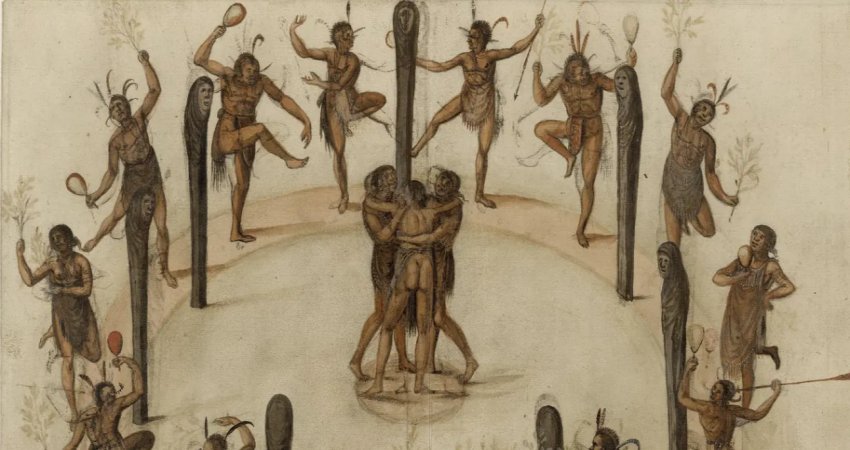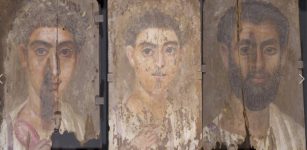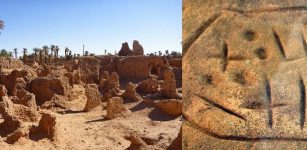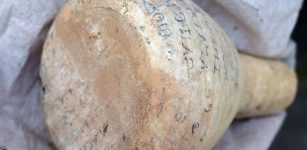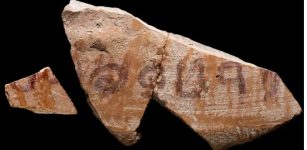Thousands Of 5,000-Year-Old Extraordinary Petroglyphs Discovered In The Altai Mountains
MessageToEagle.com – This must be one of the greatest ancient art galleries anywhere in the world. Thousands of 5,000-year-old petroglyphs and drawing have been discovered in the Altai Mountains, Siberia.
This amazing rock art was created by ancient civilizations 5,000 years ago and archaeologists in Siberia have begun uncovering an extraordinary alfresco gallery of prehistoric art.
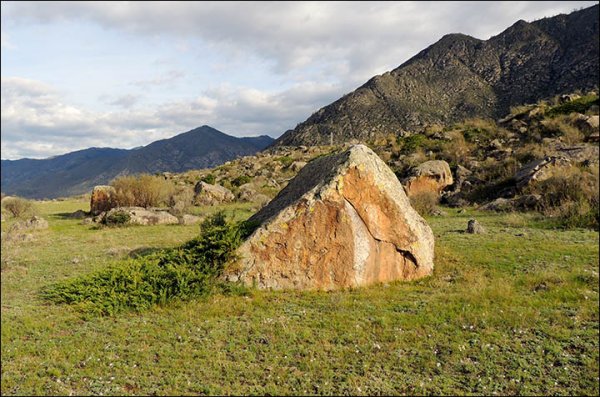
According to Siberian Times, “experts have been studying the area for more than a century, with each expedition deep into the heart of the valleys and gorges uncovering more fingerprints of the past.
Strangely some parts of the Altai Mountains have no petroglyphs at all, while others are like alfresco picture galleries from millennia past. One such place is remote Saldyar, on the banks of the Katun River, a place separated from the outside world by the high jagged peaks of the Saldyarskiy pass.
Reaching the artwork is a task in itself, with great difficulties in traveling up and down the mountain road.
For starters, the road snakes through the narrow gorge before entering a kind of ‘no man’s land’ far from the reach of any communications and obvious civilisation.
Indeed, it’s fair to say only the savvy should try the route, armed with enough fuel, bread and a car in good condition.
Once you reach the other side, perched high on a terrace about the Katun River, you get a fairly strange sensation: on one hand, it feels so remote, and so primitive, yet on the other, the busy Chuysky motorway isn’t too far away on the opposite side of the river bank.
See also:
Princess Ukok Cannot Be Re-Buried – Locals Think She Is Cursed
Ancient Brain Surgery Techniques Tested By Scientists In Siberia
This Is What The Siberian Princess Ukok Looked Like In Real Life
In many ways, this mighty stretch of water separates the lost ancient world from the modern, for it is here that you will find the wonders of the prehistoric art.
Almost immediately you will see large numbers of burial mounds, stone stelae and petroglyphs, the majority of them located on the mountain slopes.
Many of the carvings are found on rocks that form a symbolic rock garden, with the sun’s beams helping to illuminate the artistic work and making them appear similar to photograph negatives.
According to Altai legend, the location of these megaliths was a result of the mythical hero Sartaksakpay, who is said to have jokingly changed the direction of the rivers and scattered the mountain valleys with huge rocks.
It is thought some of the drawings date back to 3,000 BC with others as recent as the third century. Archaeologists studying the petroglyphs found that the ancient artists had several favorite images, including the Siberian mountain goat, which has always been seen as a symbol of success and good luck as well as being good hunting prey.
Another of the most popular images at Saldyar is the long horned bull, a symbol of a bygone era that once roamed in Ancient Egypt, Mycenaean Greece and Central Asia.
Drawings dating from the early nomadic era depict deer, shown with strangely disproportionate large sizes of horns and a snout that resembled a bird’s beak.
What is perhaps most interesting about these depictions is that similar petroglyphs have been found as far afield as Mongolia and Trans-Baikal, showing that even in ancient times certain ideas and styles travelled a considerable distance. Other carvings depict hunters standing beside the beasts with their bows and arrows.
Experts say there are literally thousands of petroglyphs in Saldyar, with countless others still yet to be uncovered in the dense wooded mountains.
Yet archaeologists are still puzzled as to why the ancient civilisations carved the images in the first place.

Some say they were drawn as signs of rituals dedicated to the gods or spirits, to help them fatten up their cattle, others believe they are simply depictions of hunting parties. Then, there is always the possibility the carvings showed where the best hunting trails lay.
The truth is, no one will truly know. Yet, whatever else these pictures show, they highlight the fact that the world’s artists were already hard at work many millennia ago.
And little did they know here in Saldyar that 5,000 years after the first works were carved that they would form one of the greatest ever al fresco galleries anywhere on the planet.”
MessageToEagle.com

